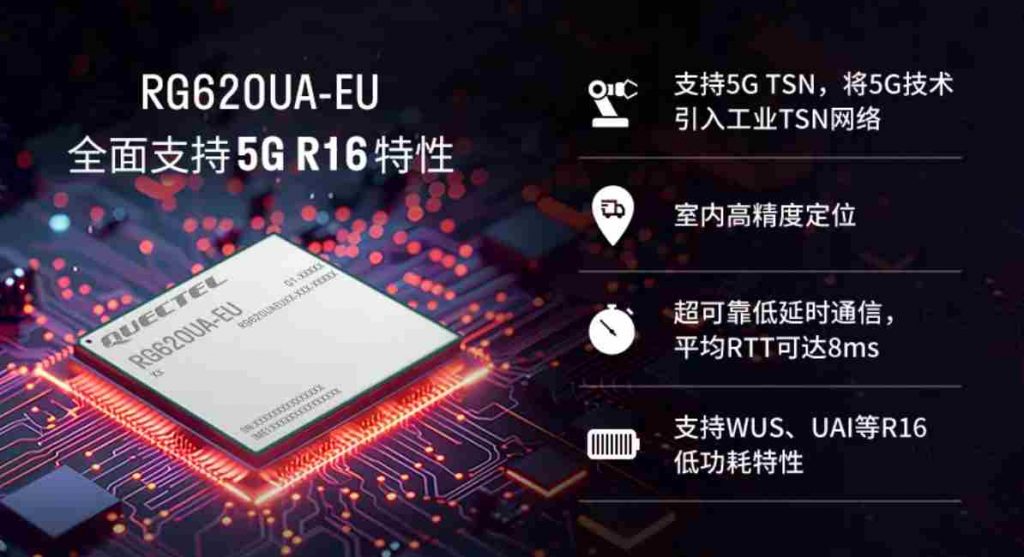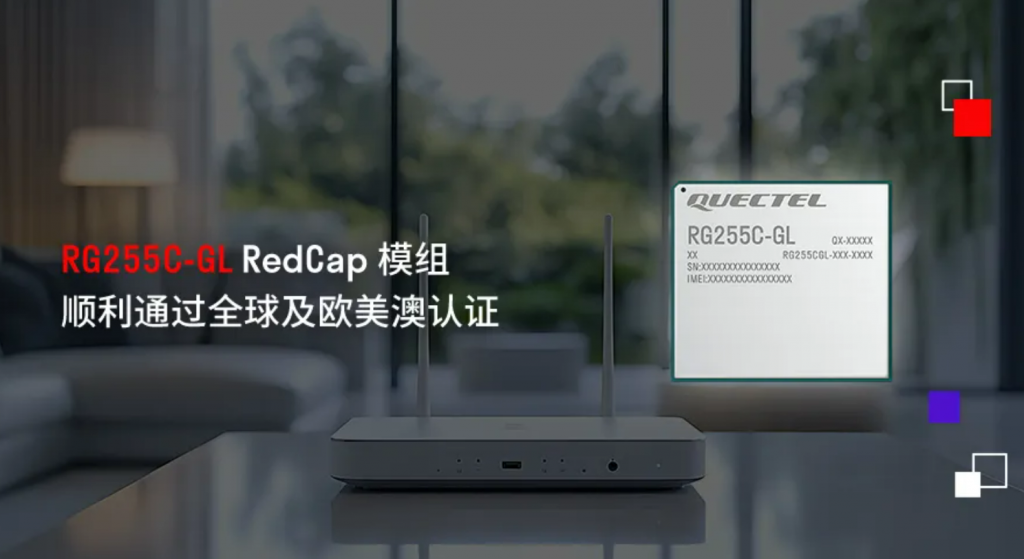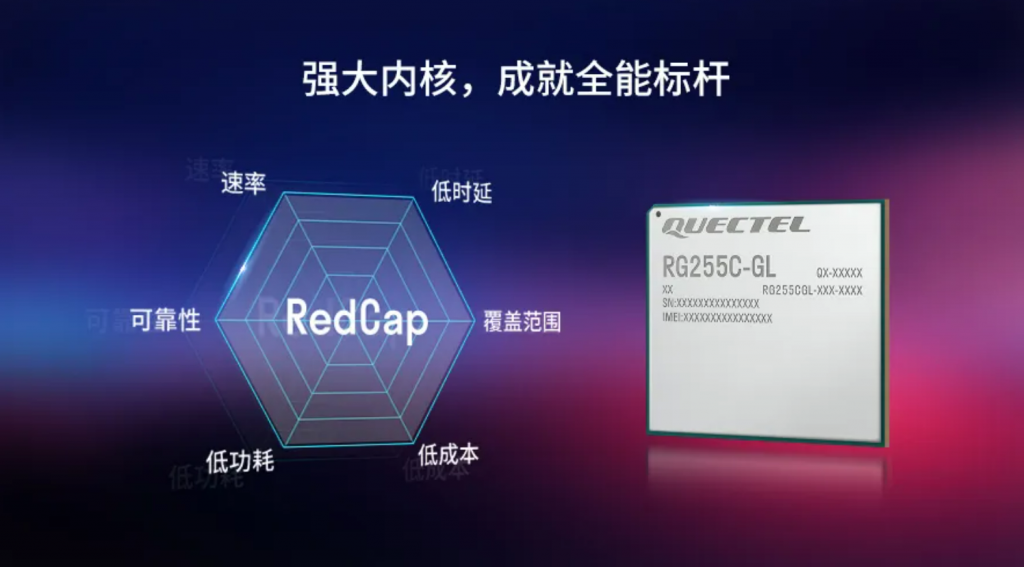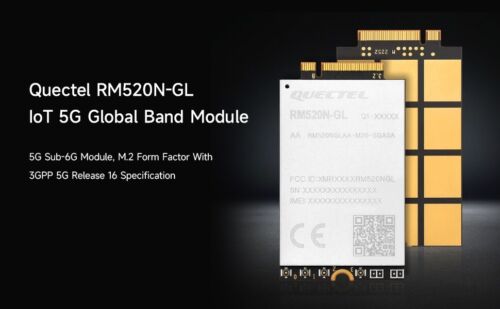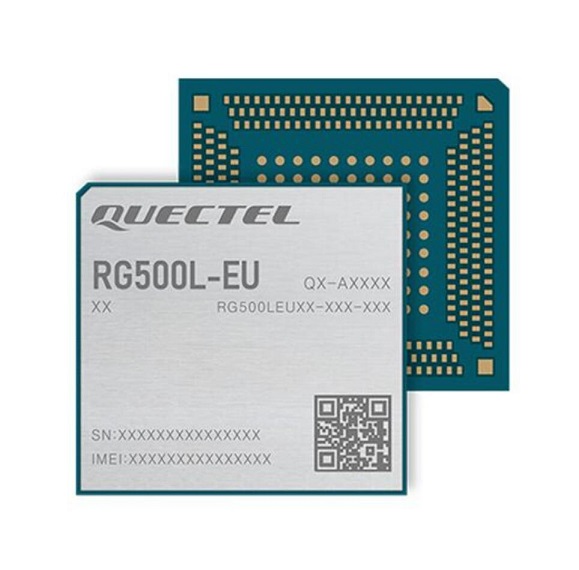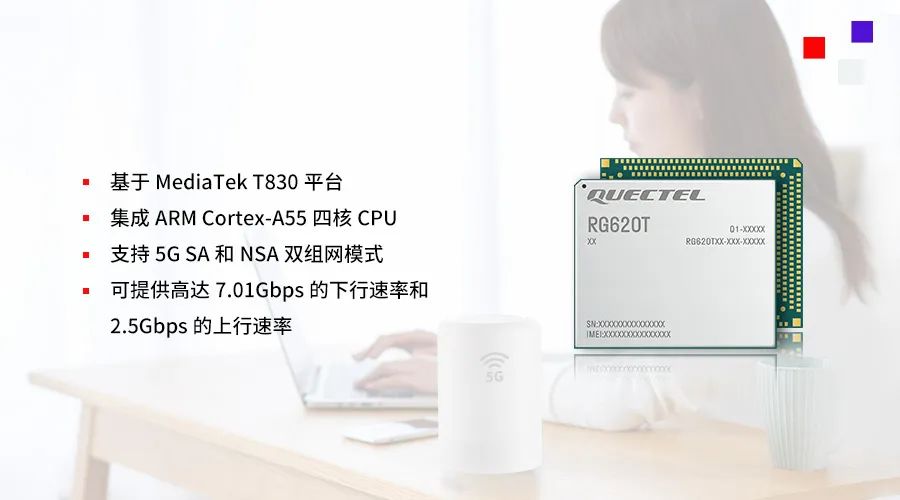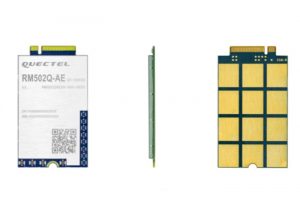Recently, Quectel’s 5G RedCap module RG255C-GL achieved another milestone by successfully passing the certification from two major North American operators. This certification marks that the module now fully meets the high standards of North American carriers, offering more efficient and reliable RedCap connectivity to local users, further strengthening Quectel’s competitive edge in the global IoT market.
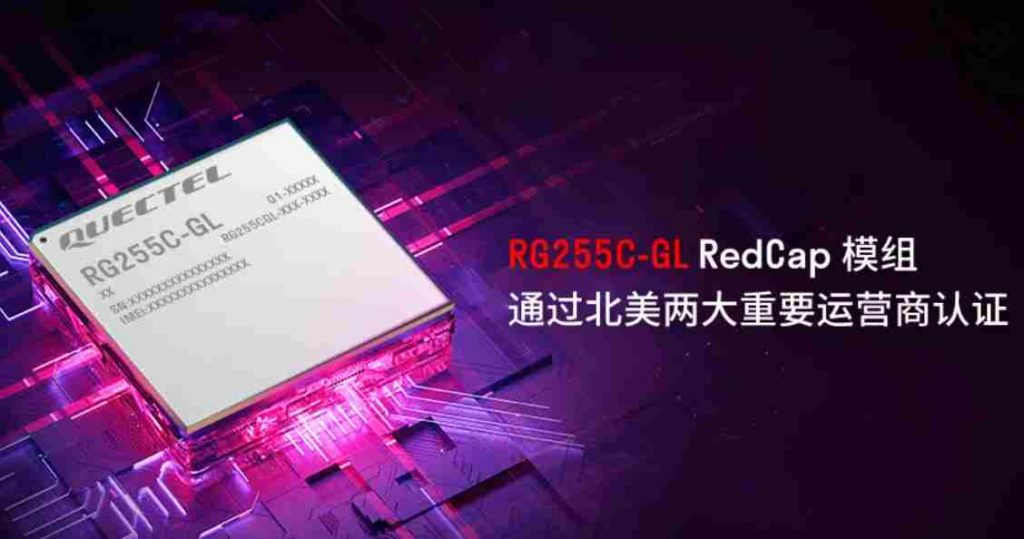
Technological Innovation: Lightweight 5G Empowering Vertical Industries
The Quectel RG255C-GL module is based on the Qualcomm® Snapdragon® X35 platform and is equipped with 5G RedCap technology, specifically designed for high-speed IoT scenarios. As a lightweight 5G technology defined by the 3GPP R17 standard, RedCap reduces the number of terminal antennas, lowers modulation complexity, and decreases bandwidth requirements. While retaining key 5G benefits like low latency, high reliability, and network slicing, it significantly optimizes device cost, size, and power consumption, filling the market gap between traditional eMBB and LPWA.
This 5G Redcap module supports 5G Sub-6 Standalone (SA) mode and LTE Cat 4 networks, with peak download speeds of 223 Mbps and peak upload speeds of 123 Mbps, making it suitable for entry-level FWA applications, industrial sensors, and high-definition video transmission in mid- to high-speed IoT scenarios. It also supports key 5G features such as 5G LAN, uRLLC, and network slicing. In terms of positioning, the RG255C-GL integrates Qualcomm® IZat™ location technology, supporting global mainstream satellite positioning systems such as GPS, GLONASS, BDS, Galileo, and NavIC, providing precise location services for smart terminals.

High Integration Design: “Compact Size” Empowering “Large Scenarios”
The Quectel RG255C-GL adopts an LGA package with dimensions of 32.0 mm × 29.0 mm × 2.4 mm, making it compact in design. The Quectel 5G module’s size is consistent with and compatible with Quectel’s classic LTE Cat 4 module EG2x series, significantly reducing the hardware adjustment requirements for customers migrating from 4G to 5G, shortening development cycles, and lowering mass production costs. Additionally, the Quectel 5G module integrates a variety of interfaces, including USB 2.0, PCIe 2.0, PCM, UART, SGMII, and SPI, and can be paired with multiple Quectel antennas, helping terminal manufacturers quickly bring products to market and seize business opportunities.

Previously, the Quectel RG255C-GL had successfully obtained GCF global certification, North American FCC, IC, PTCRB certifications, European CE certification, and Australian RCM certification. With this latest certification from two major North American operators, the module will promote the large-scale deployment of 5G RedCap technology in global FWA and industrial automation scenarios. Moving forward, Quectel will continue to deepen its cooperation with global operators and industry partners, empowering the digital transformation of various industries with innovative technologies.

